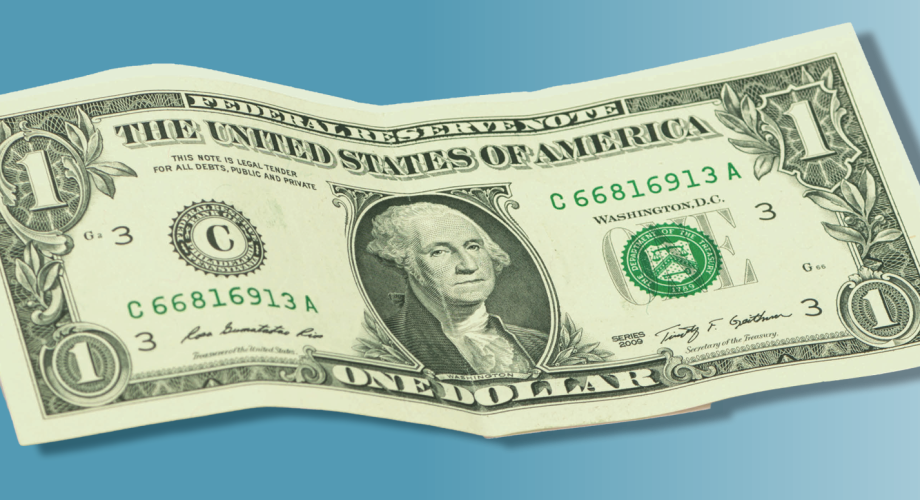The National Apartment Association (NAA) partnered with Thirty Capital Performance Group to break down $1 of rent by analyzing 2022 financial data from over 9,000 federally financed rental properties. Below are 10 things you might not know about each $1 of rent.
- Contrary to popular belief, rental housing providers make minimal profit from rental income. On average, for every dollar of rent paid, only 7 cents is returned to rental housing providers as profit. Meanwhile, a significant 93 cents is allocated to cover essential operating expenses.
- Looking at the breakdown of operating expenses, the largest expense housing providers must pay for is the mortgage. Almost half (46 cents) of every dollar is dedicated to covering the mortgage. This financial responsibility ensures that residents are protected from the risk of losing their homes.
- For every dollar received in rent, 45 cents is allocated to cover a property’s operating expenses, which ranks as the second-largest expenditure for most properties. These costs encompass a variety of essential outlays including employee salaries, property and liability insurance premiums, utilities for the property, marketing campaigns for vacant units and regular maintenance and repair.
- From every dollar received in rent, 11 cents is dedicated to property taxes. These taxes play an instrumental role in supporting both the local community and the state at large. Funds derived from rental property taxes help strengthen public education, emergency services, infrastructure like public roads, and various other community-centric necessities.
- On a national scale, the typical property
allocates 7 cents of every dollar specifically for payroll. These expenses cater to the compensation of employees responsible for the operation and upkeep of the community. - For every dollar collected in rent, 8 cents is reserved for utility bills. These utilities encompass costs such as electricity for common areas, internet services and water supply for amenities like swimming pools.
- Nationally, the average property dedicates roughly 2 cents of every dollar toward a capital expenditure reserve fund. While small, these funds serve an important role in covering long-term fixed assets such as HVAC systems, appliances in each unit, roof repairs and other key spendings.
- Properties in many states operate on small margins. Nearly half of the states and Washington, D.C., rely on a margin under 7 cents. Those on the thinnest margin (5 cents) tend to be in the south, e.g., Texas and Florida. Interestingly, the states with the highest average profit margin for a dollar of rent are also those with large populations and higher property taxes. New York, Illinois and Wisconsin each have a margin of
9 cents per dollar of rent. - Each rental property is safeguarded by property and liability insurance. Currently, many states are witnessing significant surges in insurance expenses. Notably, housing providers in Louisiana allocate the highest portion of their rents toward insurance, dedicating 8 cents for every dollar. Following Louisiana, Mississippi and Oklahoma are allocating 6 cents per dollar to insurance costs.
- Kentucky and D.C. allocate the largest proportion of their rental income toward operating expenses, at a rate of 34 cents per dollar of rent. On the other hand, New Jersey spent 22 cents per dollar toward its operating expenses, the smallest proportion in the United States.
David Chou is NAA’s Advocacy Research Analyst.
